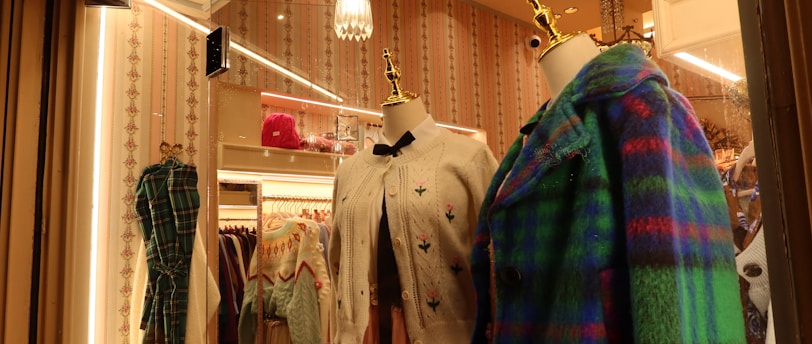Cashmere wool is known for its luxurious softness and warmth, making it a highly sought-after material for knitwear. Derived from the undercoat of cashmere goats, this fiber has a long history and a meticulous manufacturing process. In this article, we will explore the origins of cashmere wool, how it is made, and where it is produced.
Historical Origins of Cashmere Wool
The origins of cashmere wool can be traced back to ancient times in the Himalayan regions of Tibet, India, and Nepal. It was highly valued for its exceptional warmth and softness, making it a prized possession of royalty and the elite. The name "cashmere" is believed to have originated from the Kashmir region of India, which was a major trading hub for this luxurious fiber.
The Process of Manufacturing Cashmere Wool & Knitwear
1. Shearing: The first step in the manufacturing process is shearing the cashmere goats. This is typically done during the spring when the goats naturally shed their winter undercoat. Skilled shepherds carefully remove the soft undercoat, ensuring that the outer guard hairs are not mixed in.
2. Sorting: After shearing, the cashmere fibers are sorted based on their quality and color. The finest and longest fibers are considered the most valuable, as they provide the softest and warmest yarn. This sorting process requires great attention to detail and expertise.
3. Cleaning: Once sorted, the cashmere fibers go through a thorough cleaning process to remove any impurities such as dirt, dust, and vegetable matter. This is typically done through a combination of washing and combing, ensuring that the fibers remain intact and undamaged.
4. Carding: After cleaning, the cashmere fibers are carded to align them in the same direction. This process helps to remove any remaining impurities and create a more uniform and consistent yarn. Carding can be done either by hand or by machine, depending on the scale of production.
5. Spinning: The carded cashmere fibers are then spun into yarn. This can be done using traditional spinning wheels or modern spinning machines. The spinning process twists the fibers together, creating a strong and durable yarn that is ready for knitting or weaving.
6. Knitting: Once the cashmere yarn is spun, it can be used to create beautiful knitwear. Skilled artisans and manufacturers use various knitting techniques to produce a wide range of cashmere garments, including sweaters, scarves, hats, and gloves. The softness and warmth of cashmere make it a popular choice for cold-weather clothing.
7. Finishing: After the knitting process, the cashmere garments go through a finishing stage. This involves washing, blocking, and sometimes steaming to enhance the softness, shape, and overall appearance of the final product. Finishing techniques may vary depending on the desired outcome and the preferences of the manufacturer.
Where is Cashmere Wool Produced?
Cashmere wool is primarily produced in regions with harsh climates, such as Mongolia, China, Iran, and Afghanistan. These areas provide the ideal conditions for cashmere goats to develop their thick undercoat. The production of cashmere wool requires careful husbandry and sustainable practices to ensure the well-being of the goats and the quality of the fiber.
Conclusion
Cashmere wool is a luxurious fiber that has been prized for centuries for its softness and warmth. The manufacturing process of cashmere wool involves shearing, sorting, cleaning, carding, spinning, knitting, and finishing. Skilled artisans and manufacturers in regions such as Mongolia, China, Iran, and Afghanistan produce exquisite cashmere knitwear using these carefully crafted techniques. Whether it's a cozy sweater or an elegant scarf, cashmere knitwear provides both comfort and style, making it a timeless investment for any wardrobe.


